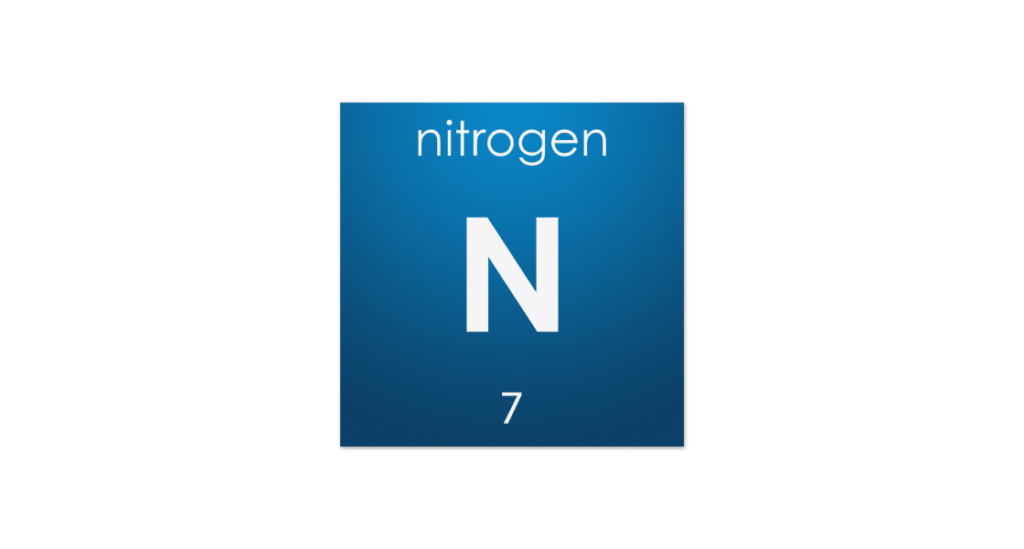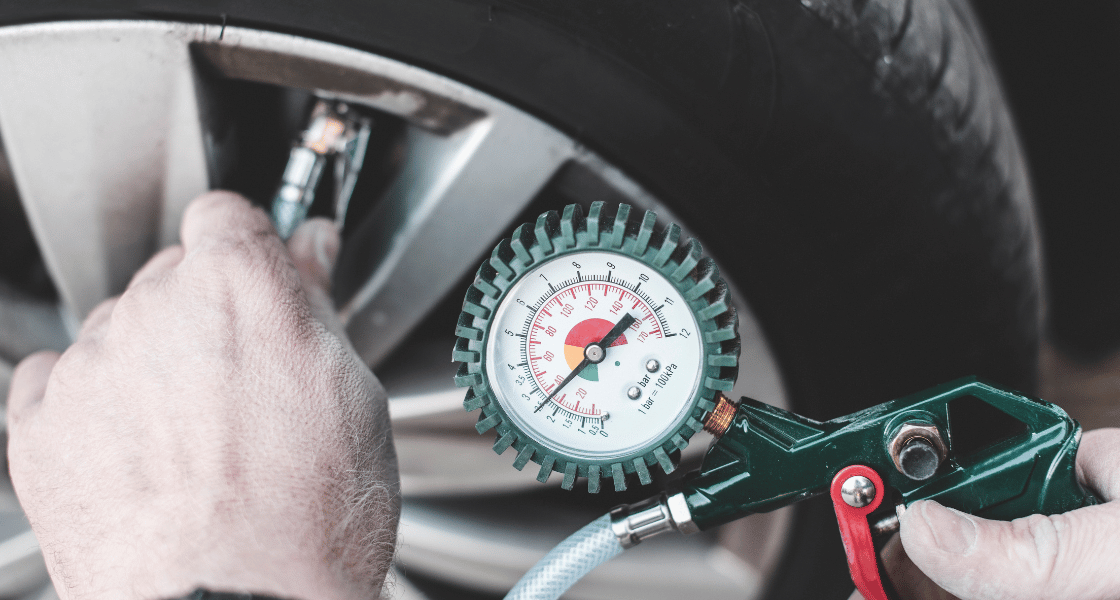When it comes to tire inflation, most people are familiar with the traditional method of filling up tires with compressed air. However, in recent years, nitrogen-filled tires have gained increasing popularity. Nitrogen can lead to better tire performance and longer lifespan, especially for fleets of vehicles like buses and emergency vehicles.
But, as with most things that are outside the norm, myths often cloud the truth. We’re here to debunk some of the most common myths about nitrogen tire inflation.
Let’s explore the science behind this technology so that you can make an informed decision regarding your fleet’s tire maintenance. So, let’s get started and separate fact from fiction!
Table of Contents
ToggleWhat is the Difference Between Air-Filled Tires and Nitrogen Tires?
While both air and nitrogen can be used to fill tires, there are some notable differences between the two. The most significant difference lies in the composition of the gases themselves.
Air is made up of roughly 78% nitrogen, 21% oxygen, and small amounts of other gases like carbon dioxide and water vapor. On the other hand, nitrogen tires are filled with nearly 100% pure nitrogen, with only trace amounts of other gases.
Myth #1: Nitrogen is More Expensive Than Air-Filled Tires
If you’ve ever looked into nitrogen-filled tires, you’ve probably heard the common misconception that it is more expensive to fill your tires with nitrogen than to use air-filled tires.
While it is true that nitrogen tire inflation can be more expensive initially, this cost is offset by several long-term benefits.
Nitrogen Tire Inflation is a Cost-Effective Option
Nitrogen-filled tires have a 40% slower rate of pressure loss than air-filled tires, requiring less frequent refilling. The non-reactive nature of nitrogen molecules means that it is less likely to cause corrosion or rust in the tire components, leading to a longer lifespan and lower maintenance costs.
It is a cost-effective option for fleet managers looking to optimize their vehicles’ performance and maintenance. According to a study conducted by the National Highway Traffic Safety Administration (NHTSA), underinflated tires can reduce fuel economy by up to 3%, which can add up to hundreds of dollars per vehicle per year.
Myth #2: Air Provides Better Tire Pressure Retention Than Nitrogen
Another myth about nitrogen tire inflation is that air retains tire pressure better than nitrogen. Air is composed of several gases, including oxygen and water vapor, which can lead to more significant pressure changes in tires.
By contrast, nitrogen molecules are larger than oxygen and water vapor molecules and are less likely to escape through the tire’s rubber compounds.

Nitrogen Molecules are Larger and Less Prone to Leaking
Did you know that nitrogen-filled tires can maintain their optimal pressure up to four times longer than air-filled tires? That’s because nitrogen molecules are larger than oxygen and water vapor molecules and are less likely to escape through the tiny pores in the rubber compounds of tires.
This improves tire performance and leads to a longer tire lifespan, ultimately saving you money on maintenance costs. Nitrogen is a dry gas, meaning it doesn’t contain water vapor, which can cause pressure changes due to temperature fluctuations.
In fact, research has shown that tire pressure changes by 1 psi for every 10-degree temperature change in air-filled tires, whereas nitrogen-filled tires, experience much more minor pressure changes, resulting in improved safety and handling on the road.
Overall, the larger size and dry nature of nitrogen molecules make them an ideal choice for tire inflation, especially for fleets of vehicles that require consistent tire performance and minimal maintenance.
Myth #3: Only High-Performance Cars Benefit From Nitrogen Tire Inflation
You may have heard that only high-performance cars can benefit from this technology. However, this couldn’t be further from the truth.
While high-performance cars may see a more noticeable improvement in tire performance with nitrogen inflation, all types of fleets can benefit from this technology.
Nitrogen-filled tires offer several benefits, including improved tire lifespan, better fuel efficiency, and more consistent tire pressure, which can lead to improved safety and handling. This makes them an excellent option for fleets of vehicles like buses, emergency vehicles, and delivery trucks, which require consistent tire performance and minimal maintenance.
Nitrogen Tire Inflation Benefits All Types of Vehicles
Nitrogen-filled tires offer several advantages over air-filled tires, including improved lifespan, fuel efficiency, and more consistent tire pressure.
The slower rate of pressure loss in nitrogen-filled tires means that they require less frequent refilling, leading to improved fuel efficiency and lower maintenance costs. Additionally, the non-reactive nature of nitrogen means that it is less likely to cause corrosion or rust in tire components, leading to a longer tire lifespan and lower maintenance costs.
Overall, nitrogen tire inflation can benefit all types of vehicles, making it a cost-effective option for fleet managers looking to optimize their vehicles’ performance and maintenance.
Don’t Let Myths Hold You Back! Try Nitrogen Tire Inflation Today!
At Fuel and Tire Saver, we offer a nitrogen tire inflation service as a cost-effective solution for optimizing tire performance!
Our team is committed to the science behind nitrogen tire inflation and can work with you to develop a customized tire maintenance plan that meets the unique needs of your fleet.
Contact Fuel and Tire Saver and check out our resources page to learn more about our nitrogen-filled tires and how we can help keep your fleet rolling smoothly!


